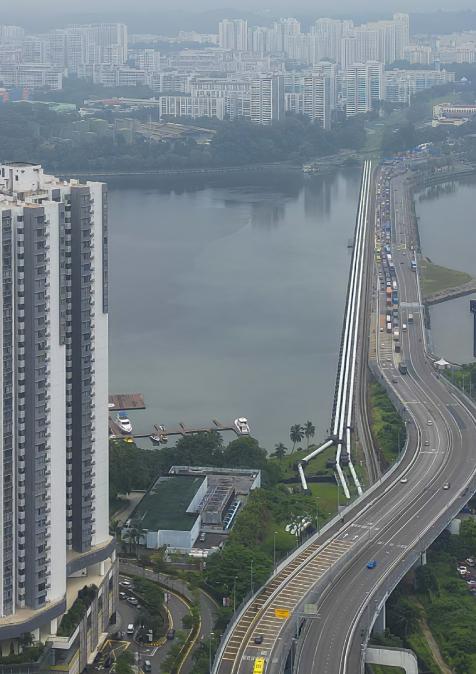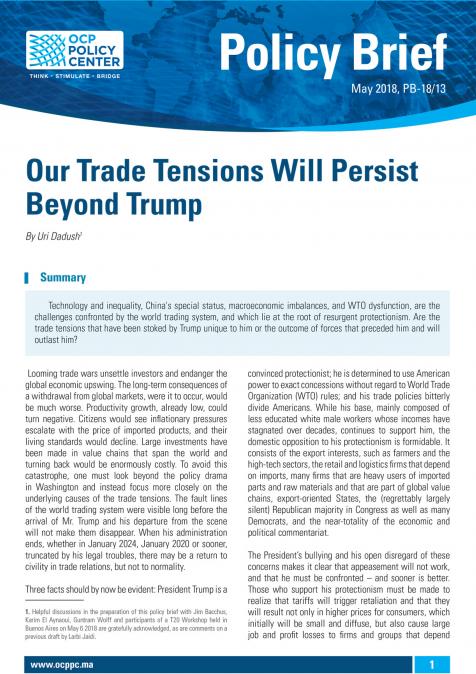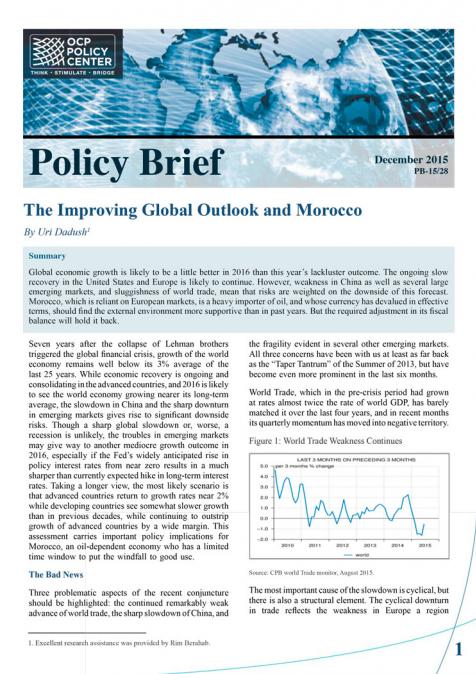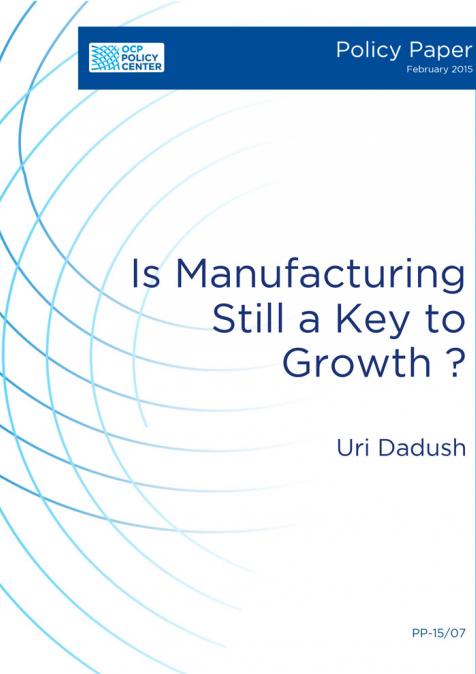Publications /
Opinion
A well-functioning modern infrastructure is essential for social and economic development. It has the power to change the quality of life of populations as well as the prospects of businesses. Despite developing Asia’s remarkable economic performances since the 1980s, the region still faces important difficulties in delivering adequate infrastructure services. “Over 400 million Asians do not have electricity access; 300 million live without safe drinking water and 1.5 billion without basic sanitation” (ADB, 2019). As public funds and Multilateral Development Banks (MDBs) will not be enough to meet the region’s rising demand for infrastructure, cooperating with the private sector, through Public and Private Partnerships (PPPs) could, in theory, close this financing gap.
The complexity of PPP projects in infrastructure in Developing Asia
Asia’s PPPs landscape has been evolving rapidly throughout the years. The waves of privatization that occurred during the 1980s and 1990s have paved the way for the increased participation of the private sector in providing essential public assets and services. This shift was driven by widespread fiscal and debt crises in the region, inefficiencies in public spending and inadequately managed state-owned enterprises. Regarding infrastructure projects, in particular, Developing Asia accounted for nearly 3,400 PPP projects in infrastructure during the period 1991-2017, roughly half of all PPPs in developing countries. And the number of PPPs that reached final closure in Developing Asia has grown by 11% on average annually during the same period ( Private Participation in Infrastructure Database).
Yet, these positive trends were not enough to close the gap in infrastructure financing. Indeed, the estimated financing necessary to meet the infrastructure needs of developing countries in Asia reaches 1.5 $ trillion annually between 2016 and 2030. When taking into consideration climate mitigation and adaptation, this amount increases even more. In comparison, the region’s current investment in infrastructure made up “only” 881 billion dollars. In addition, public spending still accounts for over 90% of funding for infrastructure. Therefore, one might wonder why there are such discrepancies between the data observed and reality.
In fact, looking at the data at the aggregated level (as shown above), while it gives useful information, it can be very misleading. First, despite the rising number of PPP projects, they are unequally distributed across developing countries of Asia. Indeed, China and India alone, accounted for 70% of those projects between 1991 and 2017, while five major Southeast Asian economies namely, Indonesia, Malaysia, the Philippines, Thailand, and Vietnam accounted for only 20%. In addition to this, in countries such as Singapore and Brunei Darussalam, that had access to abundant public funds or had very strong institutions, PPPs did not play an important role in infrastructure development, which partly explains the dominance of the public sector in financing infrastructure (F. Zen, 2018).
Moreover, PPPs investments in developing Asian countries are faced with significant obstacles hindering their success. A big disincentive is the high risk of project cancellations. Between 1991 and 2017, 288 PPP projects in developing countries worldwide were cancelled, of which 40% were in developing Asia. Other disincentives include the lack of detailed procedures in the implementation of PPPs, incoherent PPPs policies across the region and overly complex projects. In Malaysia for instance, the lack of government guidelines and procedures, lengthy delays in negotiations and other delays caused by political skepticism have undermined PPP projects (I. Suhaiza and F. Harris, 2014).
Therefore, mobilizing further financing for PPPs with the aim to close the infrastructure gap requires a set of prerequisites that must be met by developing Asian countries first, in order to reap the socioeconomic benefits of PPPs.
What are the conditions to increase financial mobilization for PPPs and ensure their effectiveness?
The success of PPP projects lies in their practical features of a “life-cycle perspective on infrastructure, innovative financing, a focus on service delivery, and risk-sharing by public and private sector partners, which traditional procurement lacks” (ADB, 2019). However, increasing financial mobilization for PPPs and ensuring their success requires developing Asian countries to meet specific conditions to create a more favorable environment.
Studies have found that macroeconomic factors, like economic growth and inflation, can determine whether a PPP project may fail or succeed (S. Hyun, D. Park, and S. Tian, 2018). Indeed, overly optimistic demand projections and failure to mitigate exchange risks had led to severe financial problems of a railway PPP project in Thailand for instance (Allport et al. 2008), and rising inflation during the Asian financial crisis caused the failure of Kuala Lumpur’s light rail transit project. In addition, the response of monetary policy to inflation also affects project financials and bank lending to these projects.
Besides macroeconomic factors, the strength of bank balance sheets is another determinant of the success of PPPs, as banks usually play an important role in financing early stages of those projects. This is particularly the case for developing countries in Asia where large banks only seem willing to finance infrastructure PPP schemes if countries have achieved satisfactory conditions for growth and a reasonable risk profile regarding the ratio of total debt to GDP. This implies that attracting private financing for infrastructure PPP projects through project finance, in particular, is dependent on policies for sustaining growth (Rao, 2018).
Furthermore, strong institutions and a dedicated legal framework are crucial for increasing financial mobilization of PPPs. Indeed, attracting private financing for project finance do not depends solely on policies supporting sustained economic growth, but also on the efficiency of the legal system, which would give banks creditor rights on the one hand, and enforce and protect project finance contracts on the other. Studies further suggest that the use of project finance as a financing tool in PPP infrastructure projects may help mitigate information asymmetry problems because it promotes risk transfer and optimal allocation among PPP stakeholders. Moreover, fostering strong governance, greater transparency, and less corruption can improve the domestic investment climate leading to successful PPP projects (Ouattara, 2004; Schwartz, Ruiz-Nuñez, and Chelsky 2014). The Republic of Korea is often cited as an example of successful PPP projects. Their use for infrastructure, since the mid-1990s, has delivered significant positive economic and social benefits through the channels of capital inflows, increasing social welfare benefits, better delivery of services, and reducing fiscal burdens through better value for money.






